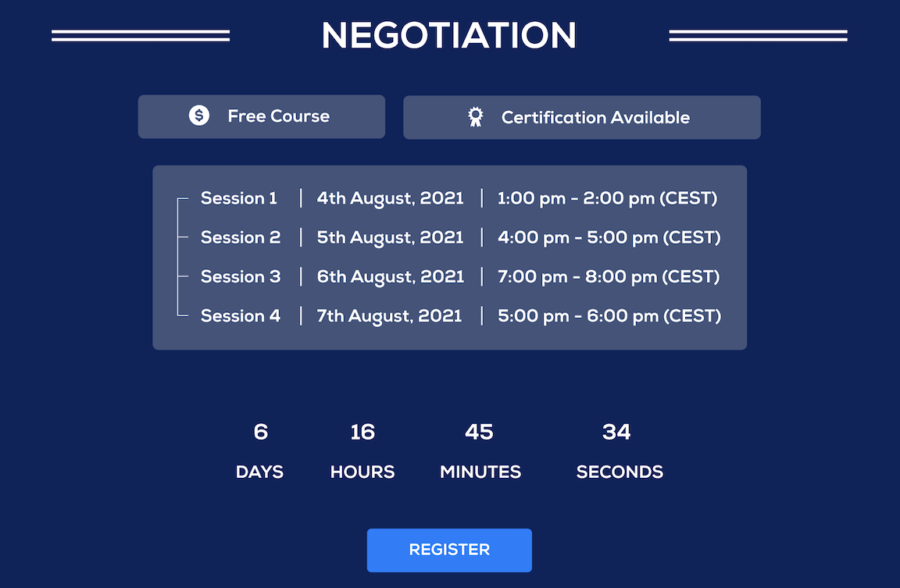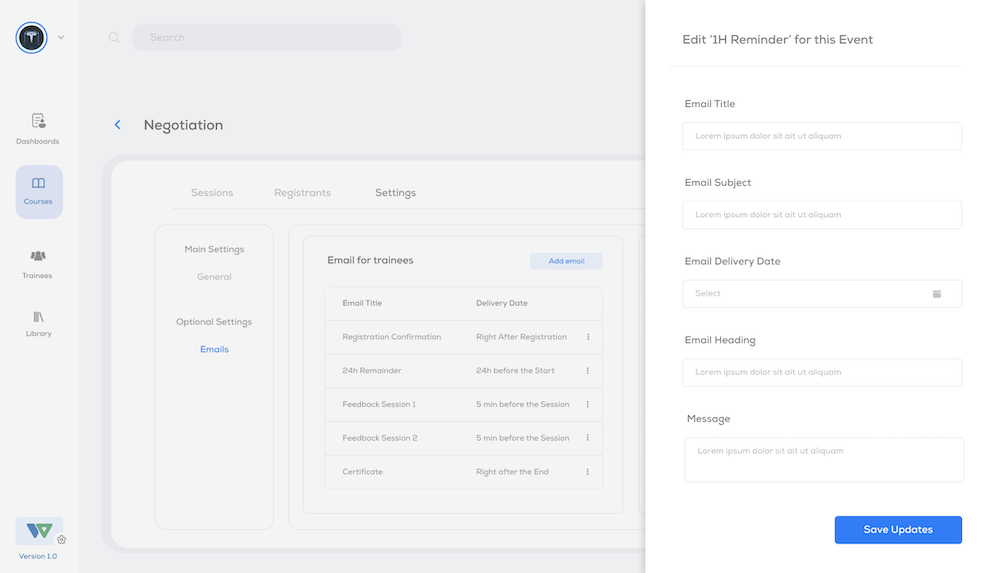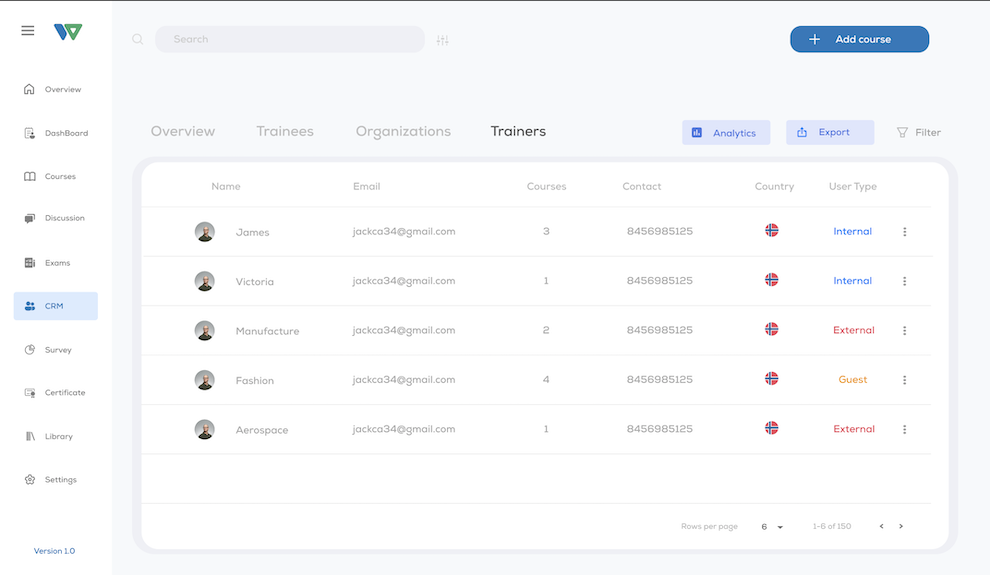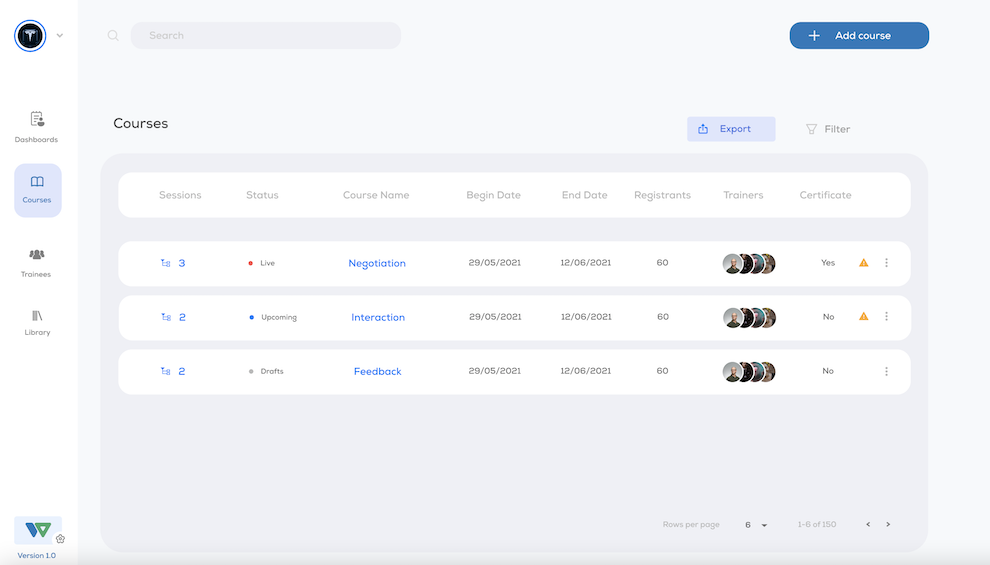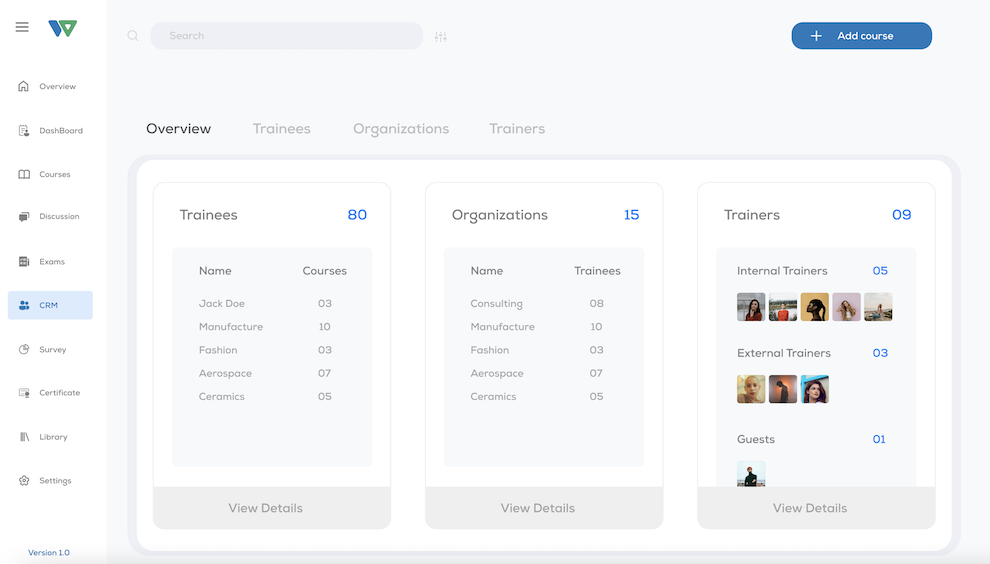Does the pleasure of learning really exist? The power of intrinsic and extrinsic motivation

How do we explain human behavior, individual actions, and every activity we carry out daily to achieve our goals? The explanation lies in the motivation, a sort of inner spring that spurs us to action, a push that props us from the inside or the outside. Because in fact, motivation has a dual source: we speak of intrinsic motivation to refer to the impulse that comes from within, and extrinsic motivation to refer to the one that comes from the outside. Motivation, placed in the educational context, is known as learning motivation.
But what is intrinsic and extrinsic motivation? Let’s discover the characteristics of these two types of motivating agents.
What is motivation?
Before dwelling upon extrinsic and intrinsic motivation, let us consider what motivation is in more general terms.
The term motivation, from the Latin motus, indicates that movement or drive that leads an individual to act to achieve a goal or purpose. In a nutshell, motivation is the spring that spurs action, the inner state that activates, directs, and then maintains the behavior of an individual over time, and it does so not necessarily consciously. So, motivation is what supports the efforts of the sportsman who trains to achieve his goals, what guides the employee to reach the workplace every day, or again, what drives the student to learn, memorize and understand.
The twentieth century saw the blooming of numerous studies dedicated to discovering and analyzing the psychological aspects that motivate individuals to act. Among these, we cannot fail to recall Maslow’s pyramid of needs, the best-known motivational theory formulated during the 1940s.
Although a precise and unique definition of motivation is almost impossible, let’s focus on the definition offered by Psiche.org, the Italian psychology site, according to which motivation is the “configuration of subjective experiences that allows explaining the beginning, the direction, the intensity and the persistence of behavior towards a purpose”:
- The beginning: the origin of the action;
- The direction: the guide that outlines the modalities of action to achieve the purpose;
- The intensity: the basis of the commitment and resources to be put in place;
- The persistence: the perseverance that survives even in the most challenging times.
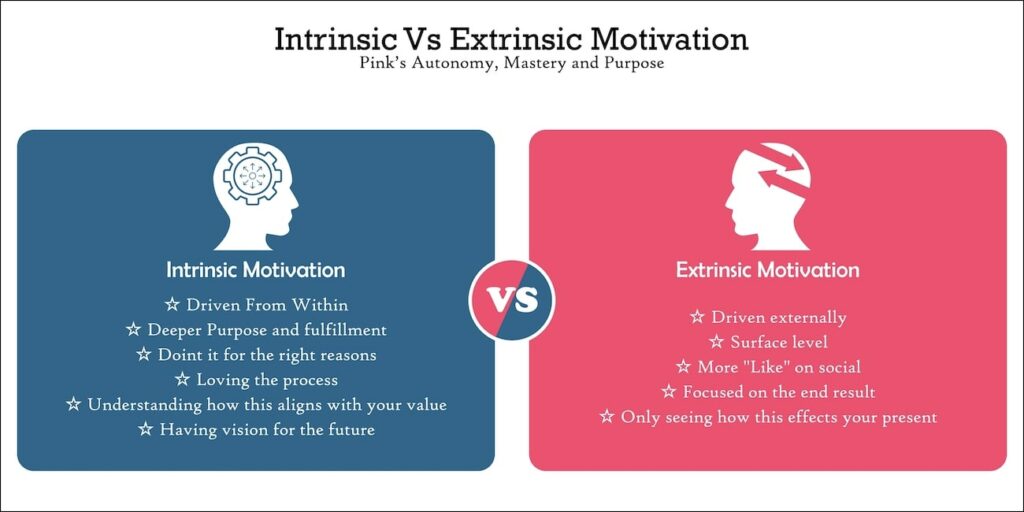
What’s the difference between intrinsic and extrinsic motivation?
Motivation is, therefore, what allows people to achieve goals and objectives. It is crucial, however, to recognize the different types.
The first major distinction, also applicable to the educational context, is that between intrinsic and extrinsic motivation. With intrinsic motivation, we refer to that motivation that derives from the pleasure of learning itself; with extrinsic motivation, we refer instead to that motivation that derives from the perspective of rewards or benefits associated with achieving the goal.
The difference between extrinsic and intrinsic motivation dates back to the 50s and 60s, when scientists and psychologists began to carry out research and experiments on the subject. When it comes to education, however, it seems that these two types of motivation are not exclusive but that, on the contrary, they can coexist.
Extrinsic motivation
As we have anticipated, therefore, extrinsic motivation is a push that derives from external, observable, and measurable reasons and events. The actions and behavior that derive from this type of motivation are triggered by external reinforcements, whether it is rewards and recognition or, simply, the avoidance of negative consequences and punishments.
The reason behind extrinsic motivation is not the private pleasure of the action itself but the expectation of a reward that can repay the energy put in place to achieve the goal.
It is no coincidence that, often, the goals are set by others and that it is these others who ultimately have the power to reward the individual (with promotions, praise, prizes, and so on) or punish him. Therefore, the conditions and the external environment are the origins of extrinsic motivation.
For example, extrinsic motivation is what drives:
- The student to study in anticipation of an exam to obtain the highest grades
- The employee to go to the office every day to receive the salary
- The child to tide up his room to be able to watch a cartoon on TV
In each of these cases, what drives individuals to act -or what motivates the- is only the final reward. For the actions to be completed regardless of a reward, there must be other reasons motivated by more internal motives.
Intrinsic motivation
Intrinsic motivation is that set of positive feelings associated with the simple fact of carrying out a certain activity or job. Without depending on external reasons or rewards, intrinsic motivation is the result of a will that acts out of curiosity and gratification.
Curiosity is a major element of this kind of learning motivation: the new, the unknown, and the unexplored activate the desire to discover the environment by looking for solutions and information.
The action, perceived as motivating in itself, is carried out for the simple pleasure of putting oneself to the test, challenging one’s limits, and expanding one’s knowledge, all regardless of external circumstances. The very feeling of acquiring skills justifies the efforts and causes satisfaction by starting a virtuous circle that pushes the individual to persevere despite difficulties.
From what we have said so far, it will now be evident that the great advantage of intrinsic motivation is that of defying time. This type of motivation actually, not being affected by external circumstances, is more lasting and implies a much higher level of involvement associated with a greater sense of satisfaction and self-awareness.
For example, extrinsic motivation is what drives:
- The student to learn to improve skills and discover new things;
- The reader to read another book to jump into a new story
- The sportsman to train for the feeling of well-being that derives from it
In all these cases, it is the joy of carrying out the action itself that motivates individuals without the need for any reward.
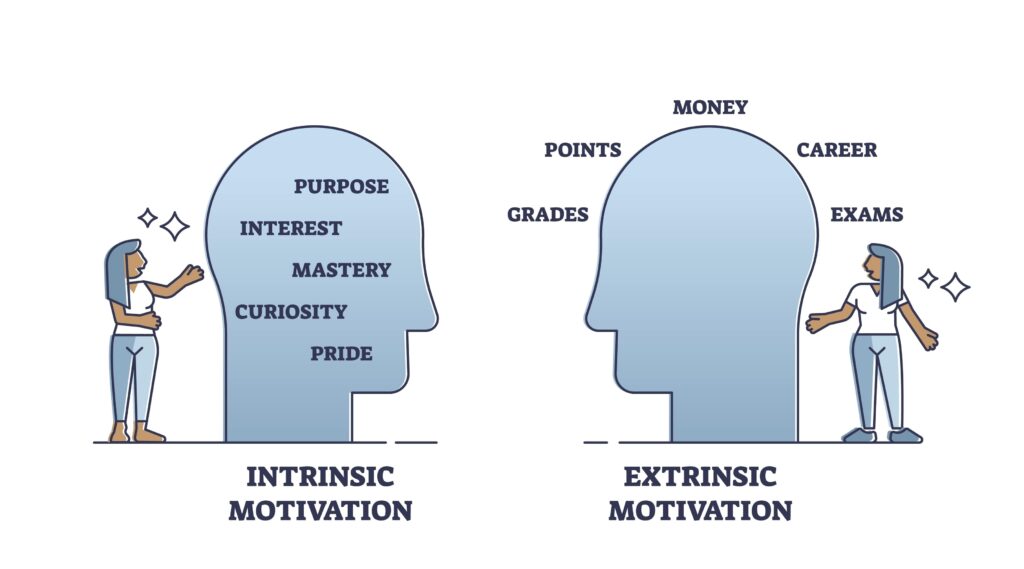
Motivation in education: best practices
To conclude, we can understand motivation as a synthesis of causes, purposes, and needs. Between intrinsic and extrinsic motivation, there is not necessarily a better option: both favor the achievement of goals and very often interact with each other.
What is certain is, though, that intrinsic motivation is the one least subject to changes in external situations, the more stable, more powerful, and lasting over time precisely because it is associated with the personal desire to satisfy certain needs.
For this reason, intrinsic motivation is to be preferred when it comes to learning motivation. Learners driven by the desire to perfect themselves, learn new things, and conquer new skills have perseverance and a degree of concentration that is difficult to achieve with extrinsic motivation.
How to support the development of intrinsic motivation during learning
To support the development of intrinsic motivation during learning, it is necessary to:
- Promote people’s sense of control over the activity to be carried out: increasing involvement increases motivation!
- Reduce extrinsic pressures: creating programs and training activities capable of intriguing, becoming challenging activities of medium difficulty with clear objectives, both short and long term
- Listening to the learners’ feedback: what do learners hope to learn? For what reason? What activities entertain and thrill them the most? Because there is no better indication than what people can provide.

